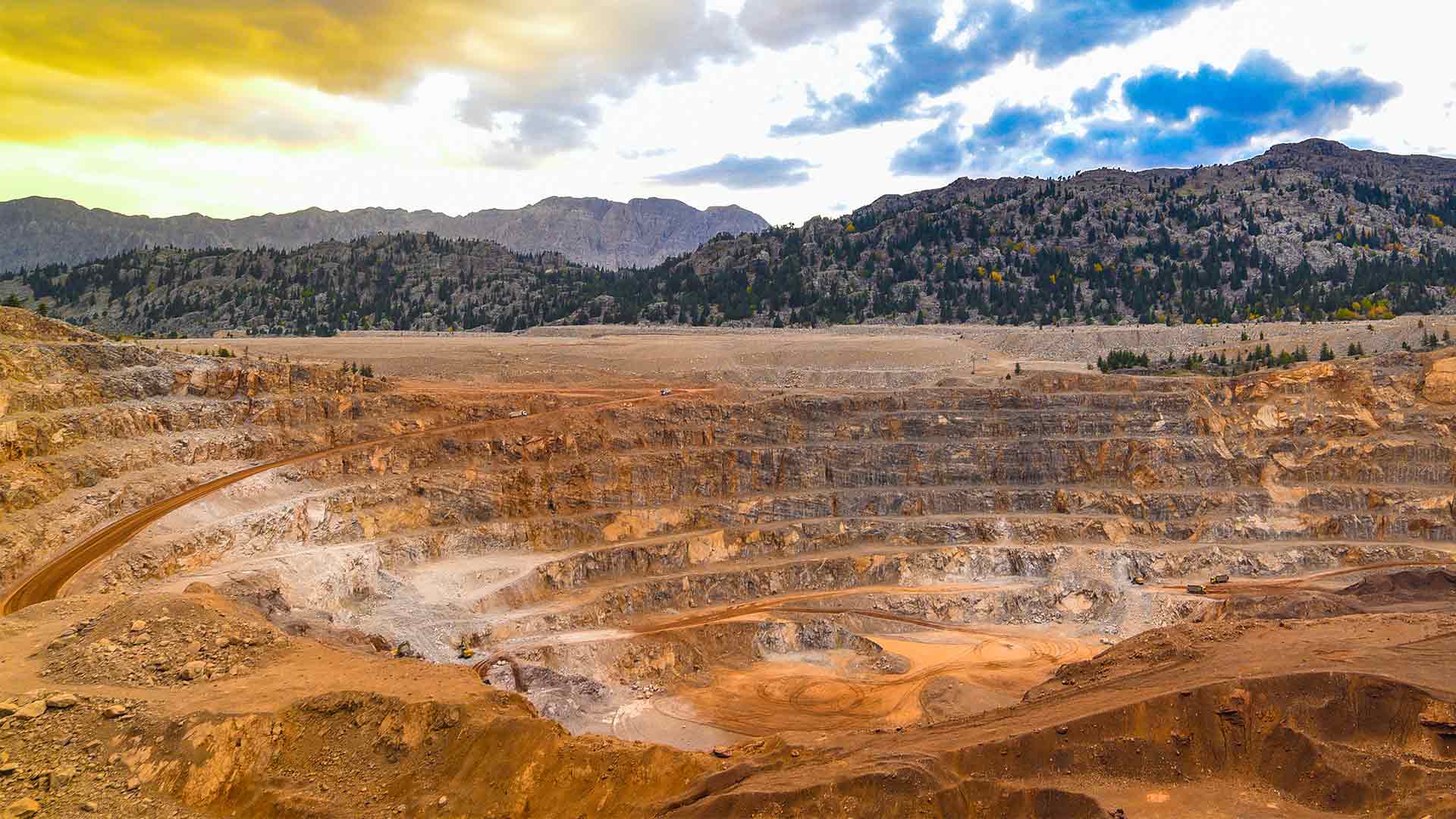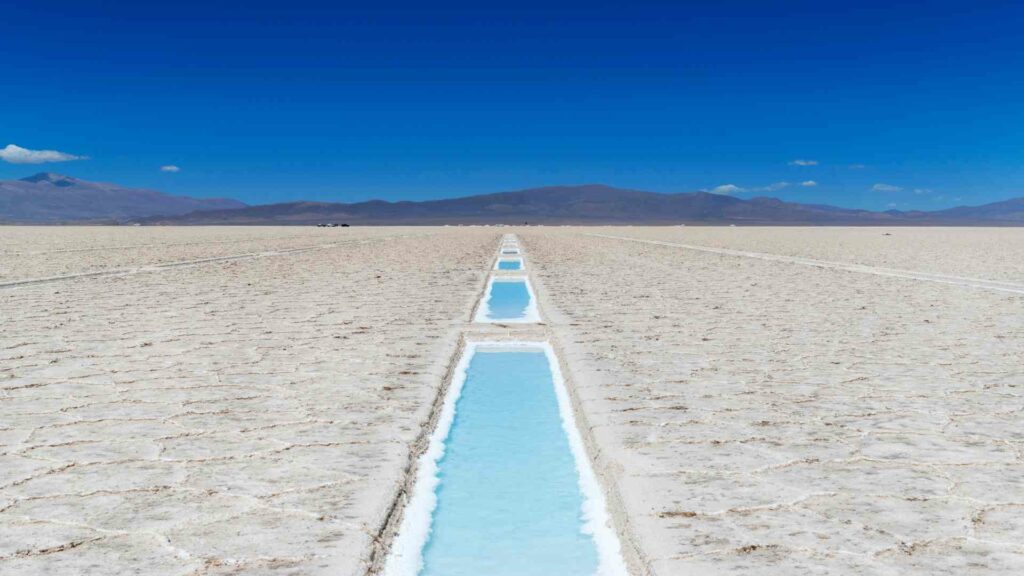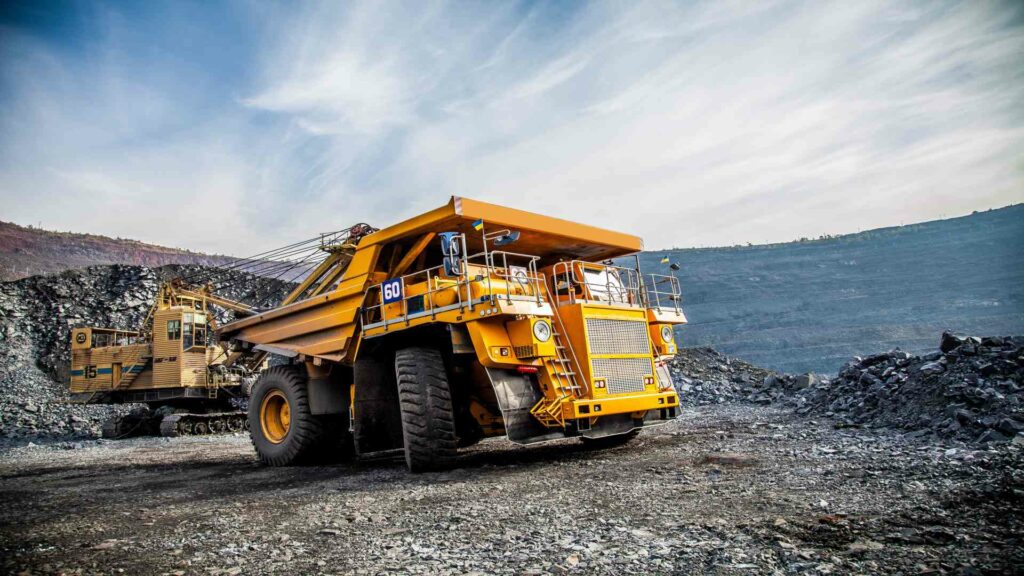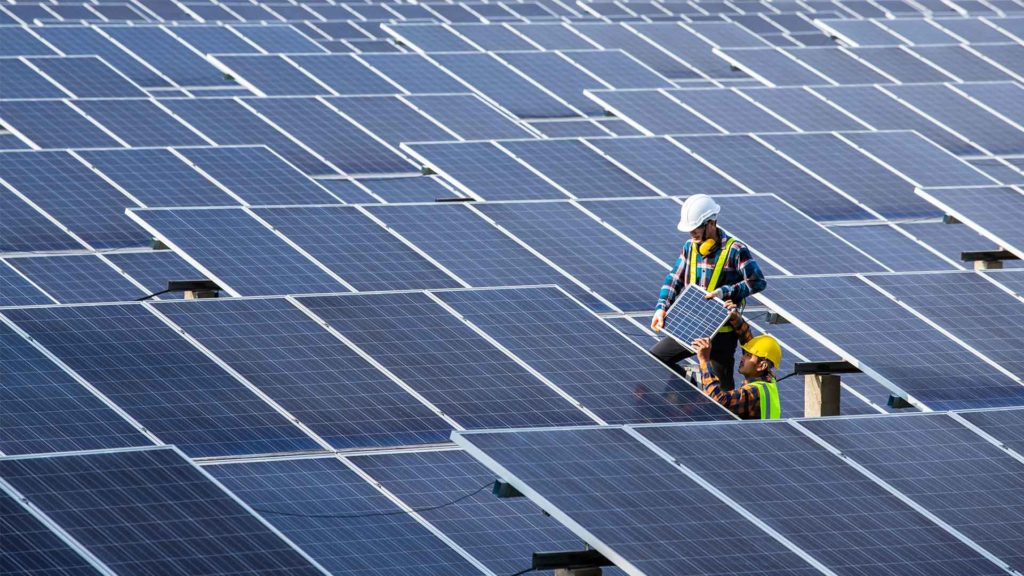Country Profile – Boron Turkey
Boron Turkey: Evidence of borates mining has been found dating back to Roman times in Turkey. Turkey is the world’s largest producer with 73% of the world’s total boron reserves. The state-controlled entity, Eti Maden, oversees all borates operations. Eti Maden predicts borates production capability of 5.5 Mt and a $2.5 billion sales income by 2023 on the back of record sales of US$1 billion in 2020. Bigadic (colemanite & ulexite), Emet (colemanite), Kestelek (colemanite, probertite & ulexite), and Kirka (tincal) are the main borate-producing regions of Turkey.

Boron Turkey
Turkey’s Borates Reserves
Turkey is the world’s largest source of borates as of 2020 with a total of 1.1 billion tonnes of boron reserves, over 70 percent of the world’s known reserves. Russia and the United States shared the second-highest boron reserves with 40 million metric tons.
There are multiple known boron deposits in Turkey. Tincal and colemanite are the most plentiful boron minerals. Turkey’s Tincal reserves can be found in Eskisehir-Kirka. Colemanite reserves can be found in Kutahya-Emet, Balikesir-Bigadic, and Bursa-Kestelek. Additionally, there are ulexite reserves in Balikesir-Bigadic. Ulexite can also be extracted in Bursa-Kestelek as a side product.
Two separate areas of Neogene-like sediments contain the Bigadic boron mineral deposit. The main minerals found in both zones are colemanite and ulexite. However, hydroboracite, howlite, and probertite can also be found in the lower zone. The top zone contains inyoite, meyerhofferite, terschite, hydroboracite (howlite, tunellite, hydroboracite), and priceite.
Boron mineral deposits are found in the Emet region in clay, marl, tuffs, and tuffite. Colemanite is the main boron mineral with meyerhofferite, hydroboracite, and ulexite being minor occurrences.
The Neogene sediments of the Kestelek area were formed during tectonically stable and extensive volcanic activity. This period saw the emergence of tuffs and tuffite and an agglomerate. They are interspersed with clay, marl, and limestone from the borate zone. Boron minerals can be found as masses or nodules and in thin layers. The most common boron mineral found is probertite, ulexite, and colemanite.
The Kirka Basin‘s boron minerals are part of a Neogene volcanic-sedimentary. This sequence consists of successive limestone beds with marl, claystone, limestones, marl, and other tuffs. Tincal is the main boron mineral. Colemanite, ulexite, and tincalconite are also present in smaller amounts. You will also find meyerhofferite and tincalconite as well as kernite, inyoite, and tunellite.
Borates Producers in Turkey
Eti Maden
Eti Maden is responsible for producing, operating, and marketing boron in Turkey. The company extracts natural borates from four locations: Kirka in Seyitgazi County of Eskisehir, Emet in Kutahya, Bigadic in Balikesir, and Kestelek at Bursa. The 4 Works Directorates of Eti Maden produce and supply domestic and international markets with Borax Pentahydrate, Borax Decahydrate, Boric Acid, Etidot-67, Boron Oxide, Zinc Borate, Calcine Tincal, Anhydrous Borax, Ground Colemanite, and Ground Ulexite.
Concentrates production dropped to 1.8Mt in 2009 but rebounded to 2.2Mt. From 2010 to 2013, the production of concentrates varied between 2.0Mt 2.2Mt. In 2013, the production capacity was 2.85Mtpy concentrates. The 2017 total production capacity of Eti Maden for refined boron is approximately 2.7 million tonnes. Boron products are used in 36% glass, 31% ceramic, 9% cleaning-detergent,7% agriculture, 4% adhesive, and 11% other areas in Turkey. Eti Maden fulfills all domestic boron requirements.
Open Pit Mining
Four open-pit mines at Bigadic can produce 1,500,000tpy of ulexite and colemanite (calcium bore) ores. Since 1980, crude ores have been processed into ground colemanite or ulexite by enriching them with concentrated colemanite. Processing includes crushing, preparing, homogenizing, grinding, filtration, and packing.
The Emet operation consists of the Espey-Hisarcik open-pit mines, producing 1.5Mtpy colemanite. Crude ore is used as feedstock for the 120,000tpy boric acids plant.
The Kestelek open pit mine can produce colemanite ore at a rate of 200,000tpy. To produce colemanite concentrate, the low-arsenic ore goes through a 100,000tpy concentrator.
The Kirka mine is home to 2.5Mtpy of tincal (sodium borate) ore. It exploits the largest tincal mine body in the world. The current reserves are enough to last 300 years at current mining rates. The plateau is still being explored for potential and probable reserves. Recent discoveries have significantly increased the possible and probable reserves. Since 1970, crude ore has been concentrated and refined on-site to make borax pentahydrate. Tincal is not sold as a concentrate.
Refining and Marketing
Bandirma Boron and Acid Plants Works were established in 1967. Raw materials are transported from Kirka by trucks and trains and then processed into boric acid, Etibor 48, Borax Decahydrate, Borax Pentahydrate, and Ground Cholemanite. Most of the boron compounds are exported. Each year, it produces approximately 400.000 tonnes of refined boron products.
Emet opened a 120,000tpy boric-acid acid plant in 2004. A further 120,000tpy plant was added in 2011. The raw materials come from the Espey and Hisarcik colemanite mines. The colemanite concentrate is ground into the desired size products. It is then transformed into boric acid. Boric acid is an active ingredient in the following: eye, ear, and skin treatment, insecticide manufacturing, fiberglass, LCD screen, Prexy glass production, and flame-proof clothing.
In 1984, the Kirka refinery was established. It can produce 840,000tpy Borax Pentahydrate (Etibor 48) from ‘tincal’ mined on-site. Tincal, obtained from open-pit mining operations from Kirka-Sarikaya Borax Reserve, is converted into Boron cleaning products.
The cleaning products are borax pentahydrate (Etibor-48), anhydrous borax, and borax decahydrate. Borax pentahydrate, borax decahydrate, is used in many products, including fire extinguishers and adhesive. Anhydrous borax is also used to produce hard glasses and insulating glass wool. It can also be used to melt welding and soldering material metallurgically. Anhydrous borax is used in many industries. It ensures that the product is long-lasting and sustainable.
Bigadic Boron Works began production in 1976. It is the most efficient in all boron production processes. Concentrated colemanite from Kestelek, Tulu, Acep, and Simav is processed. It can then be used for heat insulation, sound insulation, and glass production.
NNT
NNT is a company that specializes in the production and application of nano-crystalline materials. Its plants are located in Istanbul and western Turkey. Products such as mono-crystalline, crystal, and cubic boron nitride are produced. NNT is the only company to make 4-5 nanometre MCDP crystals using large-scale detonation chambers. BORPower is the first commercial product to produce MCDP and nano boron. It is used as a lubricant additive in petrol and diesel engines.
Export and Import of Borates
The value of exports of “Oxides and boron; boric acid” in 2020 was $1.02Bn. The USA, Sweden, Russia, Germany, Spain, France, Italy, Spain, and the Netherlands are top export destinations.
Turkey’s top export destinations in 2020 include the USA with a share of 75% (768 thousand US$), Sweden with a share of 17.8% (181 thousand US$), Russia with a share of 2.08% (21 thousand US$), Germany with a share of 1.79% (18.3 thousand US$), Spain with a share of 1% (10.2 thousand US$), Netherlands (8.82 thousand US$), Korea (7.65 thousand US$), United Kingdom (1.93 thousand US$).
Imports of borates were worth $101 thousand in 2020. In 2020, Turkey received $ 101 000. In value terms, Turkey’s sales of commodity 2810 decreased by 23% compared to 2019. Imports of commodity 2810 “Oxides and boron; boric acid” declined by 23%. The value of Turkey’s imports from commodity group 2810 was $132 thousand in 2019. This is a decrease of $ 31 thousand
In 2020, top imports of borates were made from Germany with a share of 81% (82 thousand US$), Spain with a share of 10.1% (10.3 thousand US$), Serbia with a share of 2.31% (2.35 thousand US$), Italy with a share of 1.69% (1.72 thousand US$), and USA with a share of 1.31% (1.33 thousand US$).





